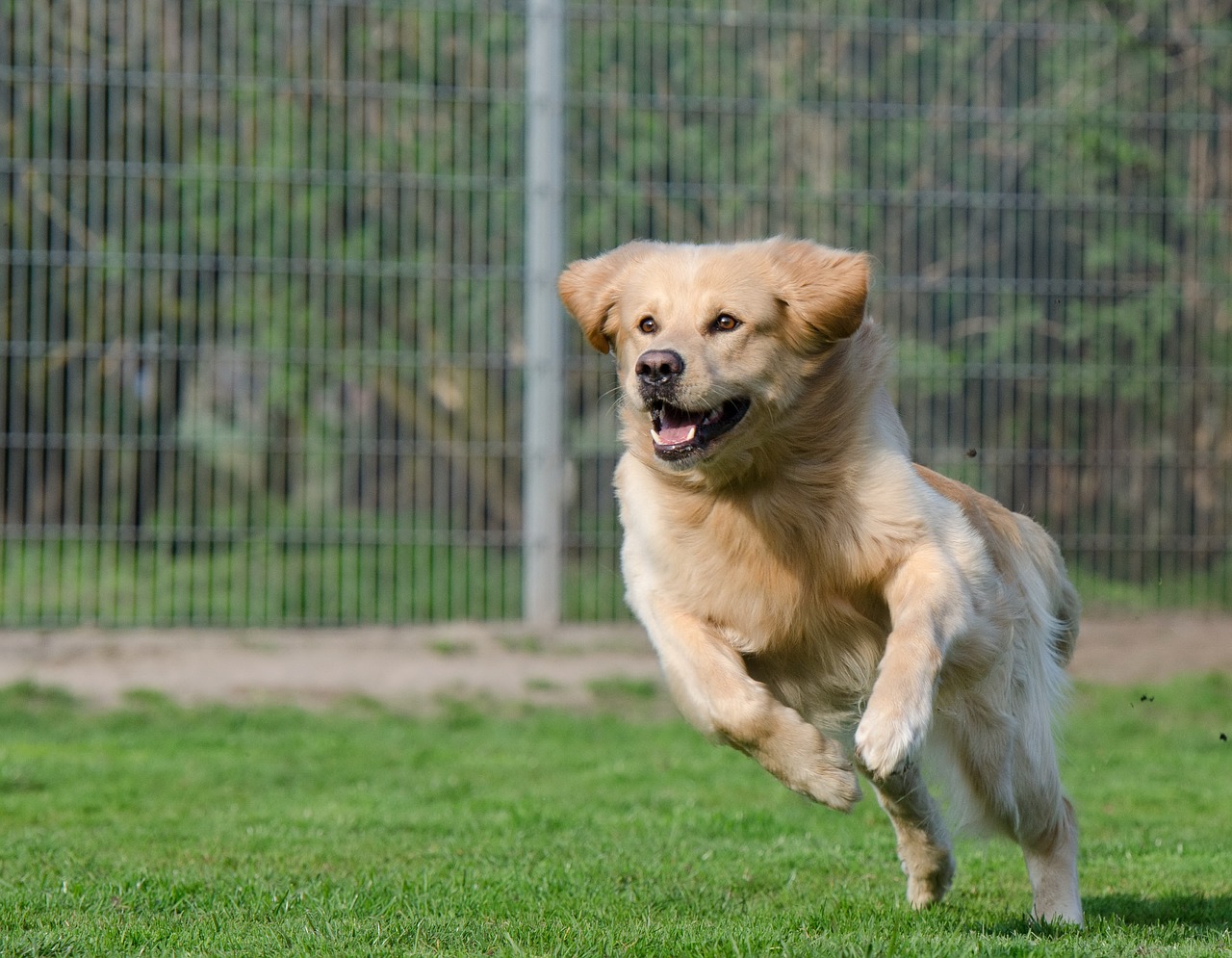The phenomenon of dogs getting the zoomies, formally known as Frenetic Random Activity Periods (FRAPs), is a sight. This burst of energy, where dogs run wildly in circles, dart back and forth, or sprint around the house or yard, often comes out of nowhere, leaving owners amused and bewildered. While it may seem like a peculiar quirk of canine behaviour, the zoomies are a natural and common occurrence in dogs of all ages, breeds, and sizes. This explosion of energy is more than just a playful release; it’s deeply rooted in dogs’ physiological needs and psychological state. Understanding why dogs get the zoomies requires exploring various aspects of their health, behaviour, and environment. It reflects the complexity of their emotional landscape and physical well-being, offering insight into how dogs communicate their needs and emotions. Delving into the reasons behind the zoomies reveals the surprising depth of canine behaviour, shedding light on how dogs express joy, relieve stress, and interact with their surroundings.
Pent-up Energy Release
One of the primary reasons dogs experience zoomies is the need to release pent-up energy. Dogs, especially those with high energy levels or those that don’t receive enough physical exercise throughout the day, accumulate excess energy. The zoomies serve as a rapid and efficient way for them to dispel this energy in a short burst of activity. This behaviour is widespread in puppies and young dogs, who have abundant energy to spare, but it can also be seen in adult dogs who haven’t had sufficient physical stimulation. The sudden, frenetic display of running and twisting isn’t just a spectacle of joy; it’s a crucial physical release that helps maintain their mental and physical health, ensuring they remain balanced and content.
Stress Relief and Emotional Expression
Zoomies can also act as a mechanism for stress relief and emotional expression. Just like humans, dogs experience stress and anxiety, which can accumulate over time due to various factors, including changes in their environment, routine, or even after enduring prolonged confinement. Engaging in FRAPs allows dogs to alleviate stress and physically express their emotions. This spontaneous activity can serve as an emotional reset, helping dogs to transition from a state of tension to one of relaxation and satisfaction. Observing a dog’s zoomies can provide insight into their emotional state, offering clues to their needs for comfort, play, and reassurance.
Social Interaction and Play
Zoomies often occur during or after social interactions and playtime, extending dogs’ playful behaviour. In the presence of other dogs or humans or after an exciting play session, dogs might get the zoomies to express their joy and the exhilarating rush of social engagement. This behaviour reinforces social bonds and provides a shared experience that strengthens their connection with their canine or human playmates. The zoomies manifest the sheer delight dogs find in companionship and play, highlighting the importance of social interaction for maintaining a happy and healthy disposition.
Physical and Mental Stimulation
The need for physical and mental stimulation is another crucial factor contributing to the occurrence of zoomies. Dogs are intelligent, active creatures who require regular engagement to keep their minds sharp and bodies fit. The zoomies can indicate that a dog needs more varied physical exercises or mental challenges, meaning that their environment might lack stimuli. Engaging in activities stimulating their senses, such as agility training, puzzle toys, or interactive games, can help prevent the build-up of energy that leads to zoomies, ensuring they are both physically tired and mentally satisfied.
The zoomies are more than just an amusing quirk of dog behaviour; they’re a complex expression of canine physiology and psychology. Whether as a release of pent-up energy, a stress relief mechanism, a continuation of play, or a sign of unmet physical and mental needs, zoomies offer a fascinating glimpse into the inner workings of our canine companions. By understanding the underlying reasons for this behaviour, owners can better cater to their dogs’ needs, ensuring they lead balanced, happy, and healthy lives. Recognizing the importance of sufficient exercise, play, and mental engagement in preventing excessive zoomies can help foster a more harmonious and understanding relationship between dogs and their human families.


 Toledo, United States.
Toledo, United States.